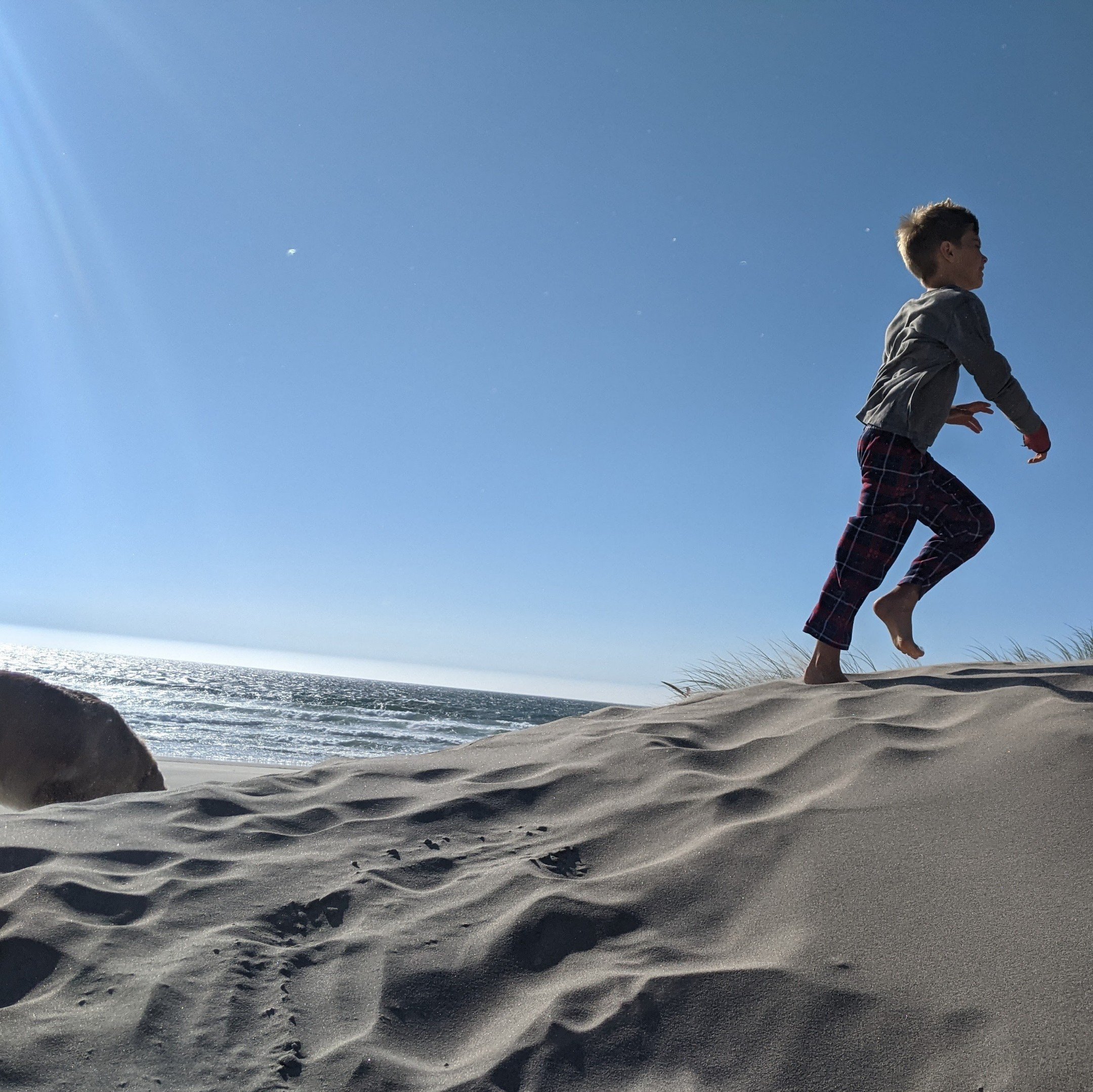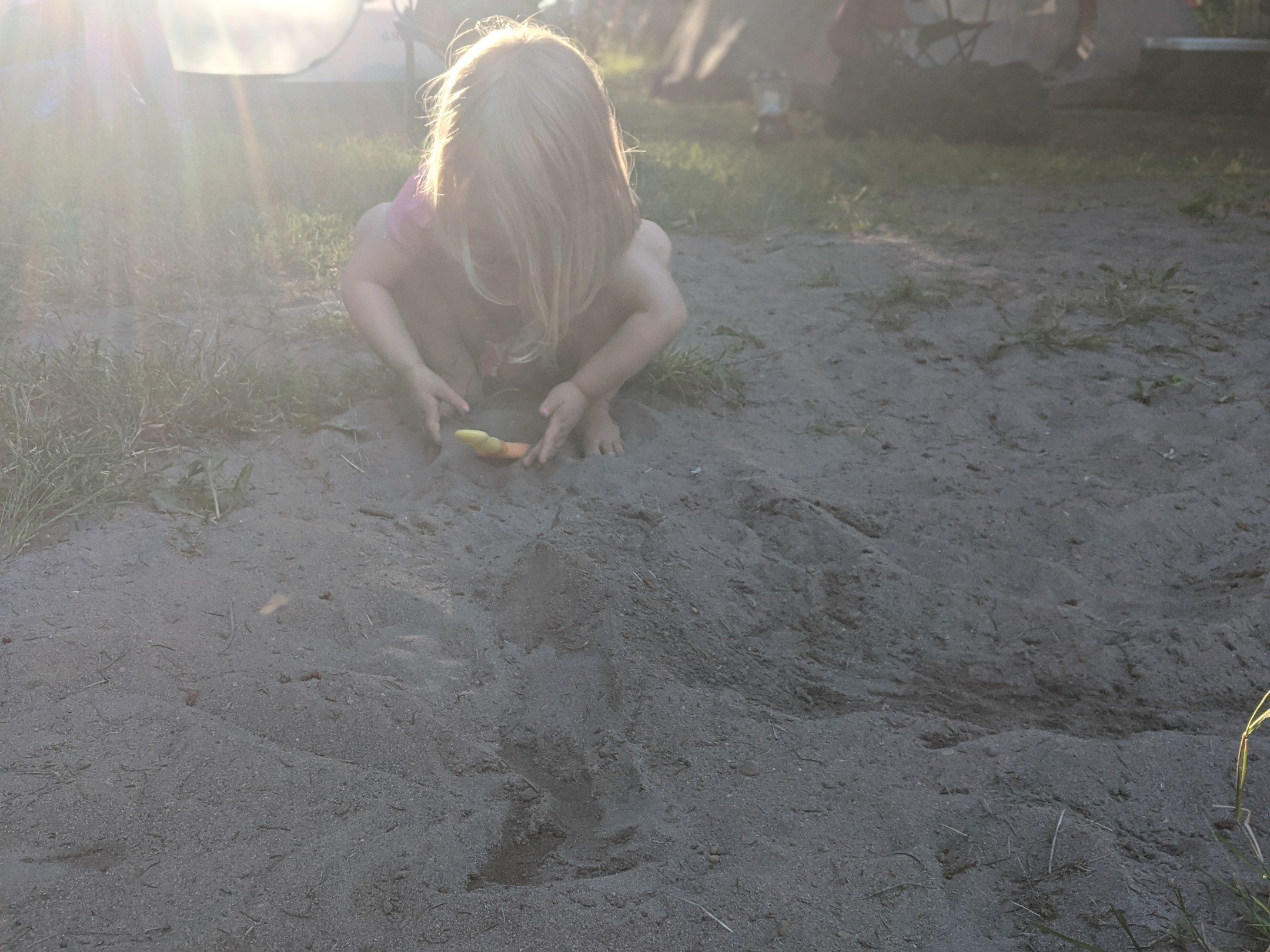How to Make Homeschool Planning Easy - 5 Simple Steps
Without a homeschool plan or a schedule, it’s easy to feel a bit lost and disorganized. Too much structure feels constraining and burdensome, with no room for exploration. Too little, and you and your children lose focus. We love rabbit holes and want flexibility, but my children also like to know what to expect, and I want to make sure I'm giving them enough of my time and energy to help them pursue their learning goals. My company NorthStar Educational Explorations makes a secular homeschool curriculum with hands-on unit studies. My goal is to help homeschool families feel organized and successful while giving kids the freedom and flexibility to develop deep passions that will drive them to pursue their own learning path.
Read on for 5 EASY and flexible steps for simple homeschool planning and a surprising homeschool planning app I think you will LOVE. Plus, scroll to the end of this post for a FREE book tracker, a homeschool planning printable you will actually use.
How can you create a simple homeschool plan for the year that provides structure and flexibility?
Five Steps:
Identify Learning Goals
Select Key Resources and Collect Ideas
Layout a Rough Monthly Plan
Create a Routine or Learning Menu
Plan a Week at a Time
Step 1: Identify Learning Goals
Create learning goals for the year (see my prior post for a deep dive on creating a homeschool vision and yearly goals). My child picks a few main interests to explore, and then we have goals associated with skills in writing and math. Many families also choose to include reading goals, but my child is an advanced reader, and we have a good pattern of reading together as a family, so this is not an area of special focus for us.
Step 2: Select Key Resources and Collect Ideas
Look carefully at your child's goals. What could help your child achieve those goals? Let's say, for example, you have a young artist who wants to learn how to draw people. You could try to find a local class in the community or seek out a book to help you teach this topic. A kid who’s interested in space travel might enjoy a unit study about rockets. Perhaps you believe spelling has become a barrier for your child in writing. You could find a curriculum - there are many options to choose from, and often there are samples so you can test them and see which teaching style will work best for your child. You could seek out books for guidance on how to improve spelling. You could also research a method of teaching spelling and plan to use this, such as correcting words when they are misspelled during dictation, writing the word, using it in a sentence, finding other words with the same word part, and so on.
So, what’s the surprising homeschool planning app I use to organize our homeschooling? It’s Trello! I absolutely LOVE this free app - I collect resources and ideas by topic and organize these into monthly homeschool plans (more on that later). I’m not an affiliate; it's just an amazing app for homeschoolers and organizing life in general. I make a card for each topic we might explore and start gathering ideas, activities, books, and other resources in the cards. I organize the cards roughly by subject area such as math, language arts, and science, but the way we study these topics is very cross-curricular. The key thing here is the items at the top of the list are what we are MOST excited about or what I think we will do next. We do not come remotely close to covering every topic on our lists, and we won’t use every resource or idea listed on each card. But gathering the ideas together bit by bit makes it so easy to plan.
You definitely don’t need to have every resource you plan to use picked in advance, but if you would like to use a year-long program for any subject area, then it’s a good idea to select those. One of my favorites is Wild Math. It provides a clear sense of mathematical concepts to explore by grade level and ways to practice skills that are fun and low prep. We combine this resource with books and games, and we also practice math through real life and paired with our science unit studies.
An Important Note: Curriculum should work for you, not against you.
The curriculum is just a resource. Use it HOWEVER you want. Skip stuff, do things out of order. Turn a year-long program into smaller units of study - we’ve been enjoying an “Around the World” study off and on for a few years now. Why? Well, my child didn’t want to study a new place every week. He also liked delving a bit deeper into a place. So, we paced them out doing about one new place a month. If you practice child-led learning, interest-led learning, or unschooling, can you use a curriculum? Yes! The key is to use curriculum FLEXIBLY. If your kid hates it, maybe it’s not the right way to approach whatever they are trying to learn. Maybe they aren’t ready for it. Make the curriculum work FOR your kid. The curriculum should serve your child’s goals, not the other way around.
I would also caution new homeschoolers or those trying to shift to more child-led learning not to overcommit themselves with too many year-long curriculum programs. Start slowly, adding more only when you need it. You can always get a break from DIY homeschool planning by purchasing unit studies throughout the year.
STEP 3: Layout a rough monthly plan
Next, create a loose monthly plan. To organize our year, I like to pick two or three themes for each month based on topics my kids have expressed interest in, as well as the season and what we have going on in our lives - so for example we did a brief ocean science study in the summer because we had a beach trip planned. In Trello, I have each topic/unit study theme as a card, and each month is a list. These themes become unit studies with varying degrees of depth. I also pick our main read-aloud literature book (or two) for the month. Aside from organizing by month, I don’t include any deadlines or dates on my monthly homeschool plan, but I do list important events like a trip or other special activity day (like the arcade day I mentioned last week) or fun celebrations we have planned (see my party school post for some fun tips about this). Once you have a rough monthly plan, you can continue gathering resources by topic each month.
You don’t have to include your materials from any “open and go” curriculum in your monthly plans. I enter some information from curriculum programs into my plans in Trello, but it depends on what it is. We have used Fixit Grammar off and on, but we just opened the next page. History programs tend to have weekly topics that are very easy to hack into a more flexible monthly plan. For example, studying Ancient History, I would add a card for Ancient Aztecs and slot it roughly in which month I think we will do it. For a purchased curriculum, as long as it’s a well-organized resource, I don’t really add much more to the card than that, but you could have supply lists or book lists to keep track of anything you might need to gather. Laying out the topics of study by month for the curriculum we use also allows me to easily add in topics that I think the curriculum is missing (since a lot of homeschool history curricula are Euro-Centric, this is a frequent problem).
STEP 4: Create a Routine or Learning Menu
Next, look at your weekly schedule. What outside activities are the children involved with? Do you have commitments like work? What time of day seems to be the best time of day for you and the kids to focus on homeschooling? Use this to create a flexible daily and weekly routine. If your days are mostly the same, you might be able to get away with just laying out a daily rhythm, but I find it easier to have a weekly routine where I've blocked out a few hours a day, four days a week for homeschooling. Most homeschoolers aim for an hour or two for elementary-age children, two to three hours for middle school, and three to four hours for high school. This includes things like hands-on activities and classes. With this relaxed schedule, the day has lots of room for open-ended play and exploring interests.
Our day includes a rhythm of roughly 20 min bursts of reading time, active play/movement, and a small amount of direct practice in writing and math (though if we play some great math games or practice math on the go, that counts to me!). This is SUPER flexible and leaves lots of room for choice. With interest-led learning, it's really just about the time each day that I dedicate my attention to my kids' learning. I have ADHD, and so does my kid. We don't find it very easy to stick to schedules, and we both have time blindness. But rhythms are easier, especially when they are tied to what we are doing anyway. For example, I generally know we enjoy reading in PJs in the morning while waking up, and my oldest finds it easier to write when his sister is napping or off with a grandparent.
A few times a week, I also block out an hour or so for me to help with more involved hands-on activities in art, science, baking, etc. My kids do lots of things independently all week, but they LOVE when mommy joins in on messy art or helps them with science projects or baked goodies with them. My oldest has so many projects he wants to do all the time but he struggles with executing his ideas, so it's very good for him to have me right there with him helping him break things into steps and showing him how to initiate and plan tasks. My youngest, at this point, just wants to be included and do exactly what her big brother does.
As an alternative or addition to a daily rhythm, you could make a “learning menu.” This is a simple checklist of the different types of things you can do for each learning goal or subject area - such as game time, notebooking activity, or projects. I tucked ours into a dry-erase folder so I could write down current topics of study and then specifics about planned activities or projects. So, under language arts, I have typed “Creative Writing Project” and then “Chicken Comic Book” written in dry erase. You could also do this in Trello, but I like posting on the wall because my kid notices it, and so do I. (Object permanence is a real problem for us too!) Having lots of choices also puts the kids in charge, which is awesome for autonomy (did I mention my oldest and I both have ADHD? We literally can’t force attention on something we aren’t interested in doing!) Making the checklist helps us not to forget what we are working on and encourages the completion of projects. We try to check off one or two in each category every "school day" throughout the week.
When we check off activities, we can see when it's been a while since we've done something like a spelling game or worked on our writing project. Then, we can assess whether this is an activity we want or need to do still. If so, how and when can we make it happen? If not, can we pursue our learning goals without this activity? Or do we need to find a different way that will work better for us? “Strewing” or setting up “invitations” is a popular way to add choice to your kid’s week. This means putting out materials, books, etc. on a topic and seeing if they engage the kids.
STEP 5: Plan a week at a time
If you plan a week at a time, you can keep yourself from overdoing it. This is CRITICAL. Don’t over plan far in advance. You are bound to get off schedule and end up frustrated and disappointed. Or you keep to your schedule, but you’ve planned too much to do, and your kids are overstressed and feel rushed. My goal is to leave lots of time in the week for flexibility, so my weekly planning is super simple:
I write current topics and possible activities onto our weekly checklist.
I pull out some books - what might we read for this topic and whether I need to request any from the library for the coming weeks.
I look at what hands-on activities we might do, what supplies we need, and which days we might do them.
That’s it!
I hope this helps you to make a simple homeschool plan that will carry you through a fun and relaxed homeschool year.
Head over to the store to grab your book tracker freebie! If you love books as much as we do and you also want to save money by using the library and buying used books, you will find this super useful.
Free Book Tracker
Head over to the store to grab your book tracker freebie! If you love books as much as we do and you also want to save money by using the library and buying used books you will find this super useful.


















